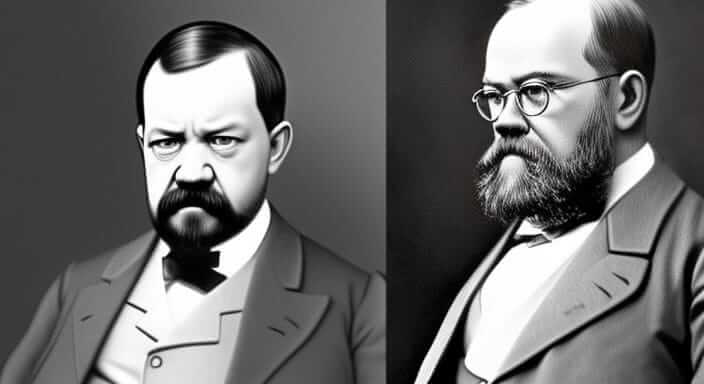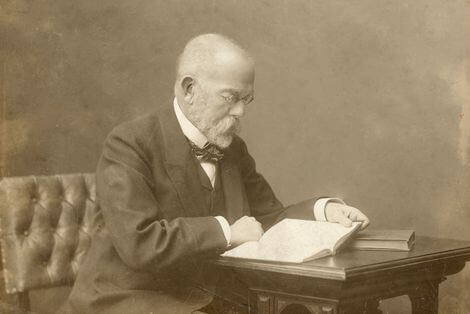Explore the lives and contributions of Louis Pasteur and Robert Koch, two prominent figures in the field of microbiology. Discover how their groundbreaking discoveries and research revolutionized medicine, germ theory, and disease prevention, shaping the foundations of modern science.

It was not until the second half of the 19th century that the existence of germs was made quite clear. The two men chiefly responsible for making it plain were Louis Pasteur, a French man, and Robert Koch, a German.
In 1865 the French silk industry was threatened by a disease called pebrine which attacked silkworms. Pasteur was asked to study this disease and find what was causing it. He discovered that it was due to tiny bodies which were living on the worms, and he was able to work out a cure for the disease. In his work on pebrine, Pasteur first stated the theory, or idea, that disease is caused by germs. He continued his work on germs until his death in 1895.
Robert Koch was born in Prussia in 1843, He was a surgeon in the Franco-Prussian War (1870-1871) and later became a country doctor. All the time that he could spare from attending to his patients was spent with his microscope. He made a special study of anthrax, a serious disease which affects both men and animals, and in 1876 he proved for the first time that anthrax is caused by a germ.
He also found a method of staining germs with dyes so that they could be more easily seen and studied under a microscope. In 1882 he announced the greatest of his discoveries, that of the germ which causes tuberculosis, and after a visit to Egypt and India he was able to trace the cholera germ.

Robert Koch
Koch travelled all over the world studying outbreaks of disease. He studied sleeping sickness and rinderpest (an infectious disease of cattle) in South Africa, bubonic plague in India and malaria in Java and Ceylon. The Nobel Prize for medicine was awarded to him and he received many other honours before his death in 1910.
Every germ disease is caused by some particular kind of germ and by no other kind. The microbe that causes scarlet fever, for example,cannot cause diphtheria or any other sickness. Neither can scarlet fever be caused by anything but its own microbe. This great discovery of the connection between microbes and disease brought about the germ theory of disease which has taken the place of all the old theories.
The general name germ was at first used for all these harmful organisms, as germ also means a seed, and the germ is the “seed” of its disease. Later the names microbe and micro-organism, which both mean “tiny living thing”, became commonly used. As scientists learned about germs they found that the tiny, one-celled organisms might be animals or members of the vegetable kingdom (like moulds), and so new names came into use to describe them. The animal forms are protozoa and the vegetable forms are bacteria. A third group of germs, which are called viruses, was discovered later.